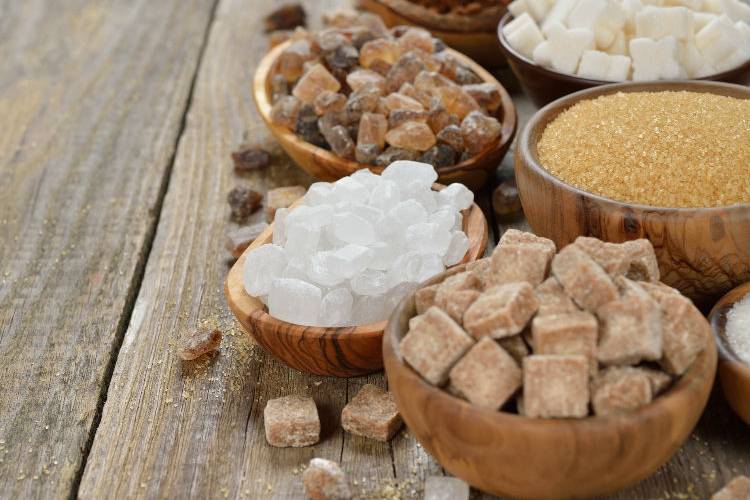Sugar V Sweeteners
We can’t fool our tastebuds, they always prefer sweet flavours. Sugar plays a fundamental role in providing us with this pleasant taste and in supplying our bodies with energy. However, whether because of illness or through lifestyle choices, people are choosing more and more to combine it with another type of sweetener: The artificial type.
TRIED AND TESTED
Share

The classic “two sugars, please” which has been taken with coffee for so long has turned into “sweetener for me,” or “better without”. And sugar is one of the first thing that we cut out when we want to look after ourselves.
The World Health Organisation (WHO) recommends that we do not exceed 50 grams of sugar a day and, better still, no more than 25 (less than two tablespoons). But, according to the results of the Enrica study into nutrition and cardiovascular risk, the Spanish take in 112g per day (8 soup spoons), more than double the recommended amount.
Sweeteners offer an alternative to sugar, but they are also recommended in moderation, for example, saccharin – no more than 15 miligrams per day and kilo of body weight. Honey, brown sugar and, more recently, sweeteners like stevia offer other options, but do we know the pros and cons of these alternatives?
White sugar
It provides 396 kilocalories of energy per 100 grams. It is extracted from beet or sugar cane. In food production, sugar offers important properties aside from sweetness, such as as a preservative, fermentation agent and adding body, colour, texture etc.
Thanks to sugar it is possible to enjoy a varied diet and eat foods that would otherwise be difficult to stomach due to acidity or bitterness. Nevertheless, it is a substance that must be consumed in moderation.

Two alternatives are Brown sugar and honey:
• Brown sugar is less refined than white sugar. It contains molasses and also provides vitamins and minerals. It’s calorific value is noticeably les at 373 kcal/100g.
• Honey is rich in vitamins and minerals and offers a significant number of calories, albeit less than sugar at 322 kcal/100g.
LOW CALORIES SWEETENERS
“Table” sweeteners:
• Stevia: Comes from the leaves of the stevia Bush. It adds natural sweetness with 0 carloeis. It is 300 times sweeter than sugar and can be used in cooking. It is also used as a table sweetener, in some diet foods and in soft-drink production
• Saccharin: A product of a chemical mixture and one of the oldest synthetic sweeteners. It sweetens 300 to 500 times more than sugar, without the calories. Due to its high level of sweetness it is usually used in liquid form but it does exist in tablet and powder form. It has a bitter aftertaste, especially when it is used in high concentrations.
It is also usually used in combination with the nice tasting cyclamate, for cooking and baking because it remains stable in the heat.
In manufactured products:
• Aspartame: Composed of two amino acid: Aspartic acid and phenylalanine. It is the only one with a calorific value (4 per gram) but as it is 200 times sweeter than sugar, it is normally used in very small quantities. It is not good for cooking since it loses its properties in the heat. It is used in low calorie drink manufacturing.
• Sucralose: The only one derived from saccharose. It is 600 times sweeter thansugar. It does not leave a metallic taste in the mouth and can be used forcooking as it is resistant to high temperatures. It has no calorific value andis used to sweeten drinks and processed foods, like cereal bars, low fatyogurts and sugar free gums.






